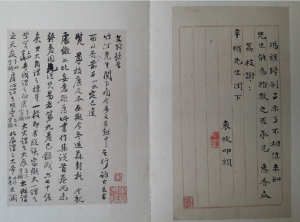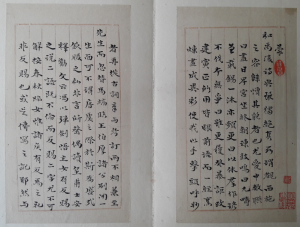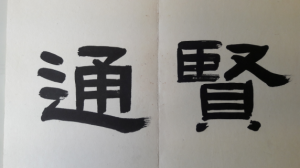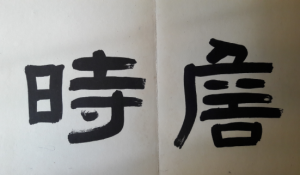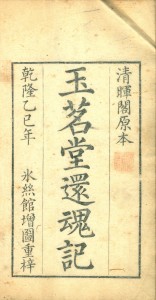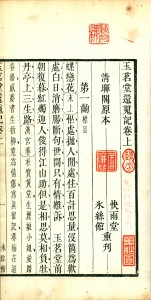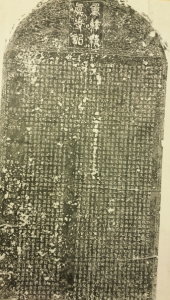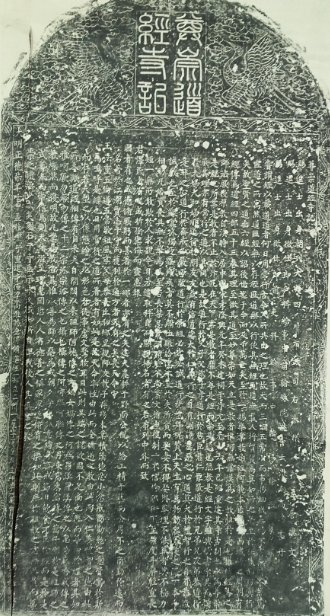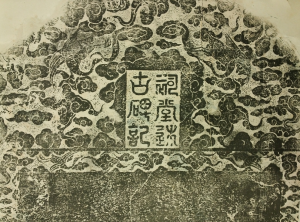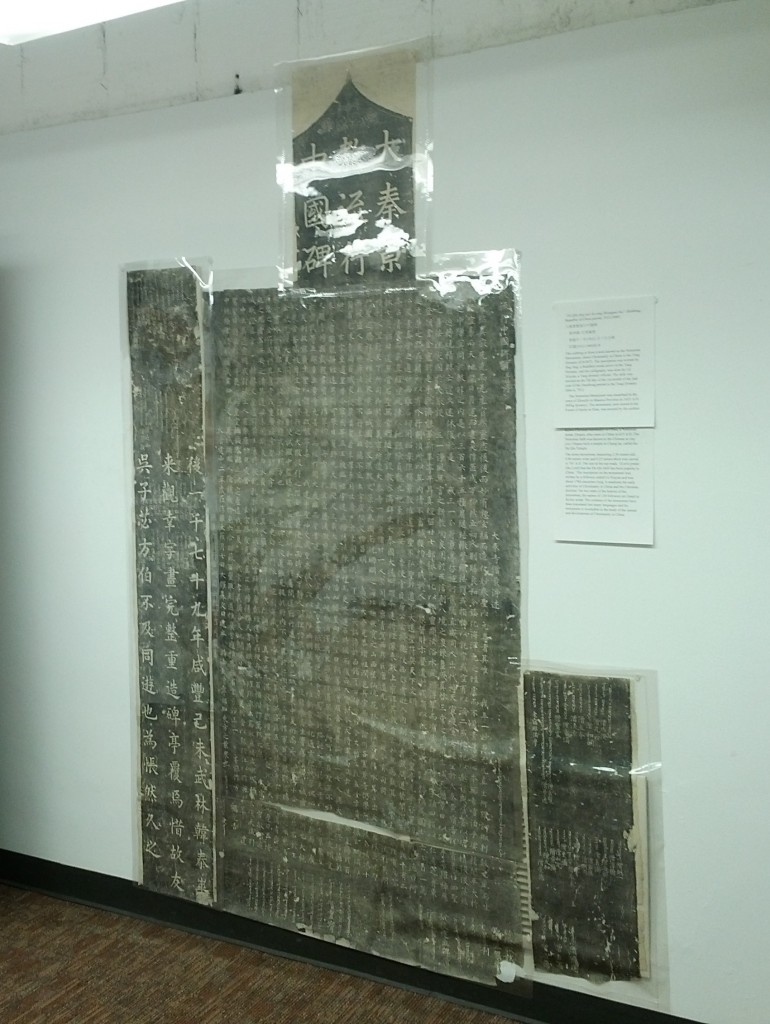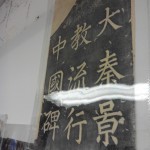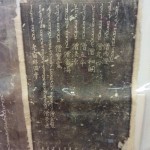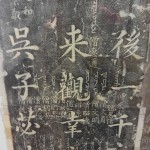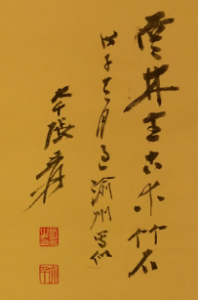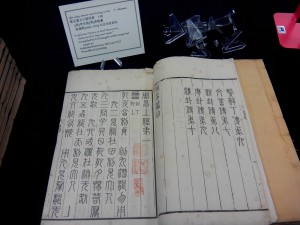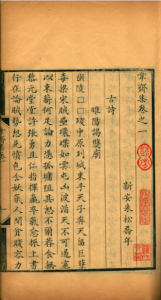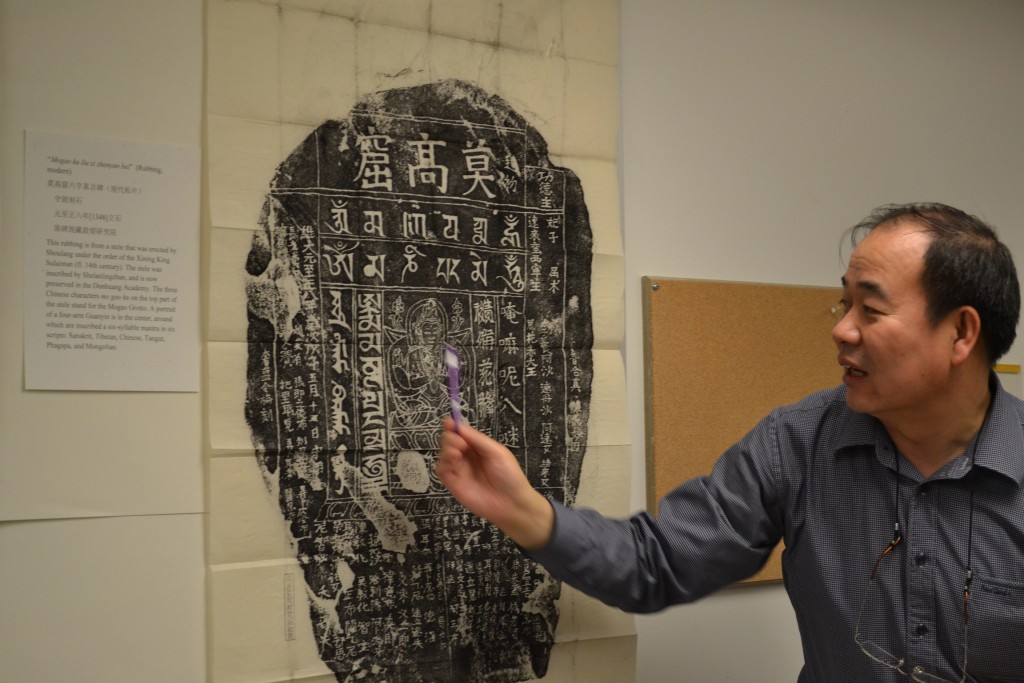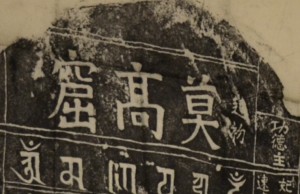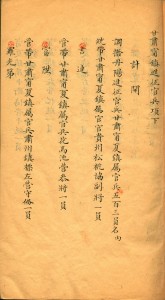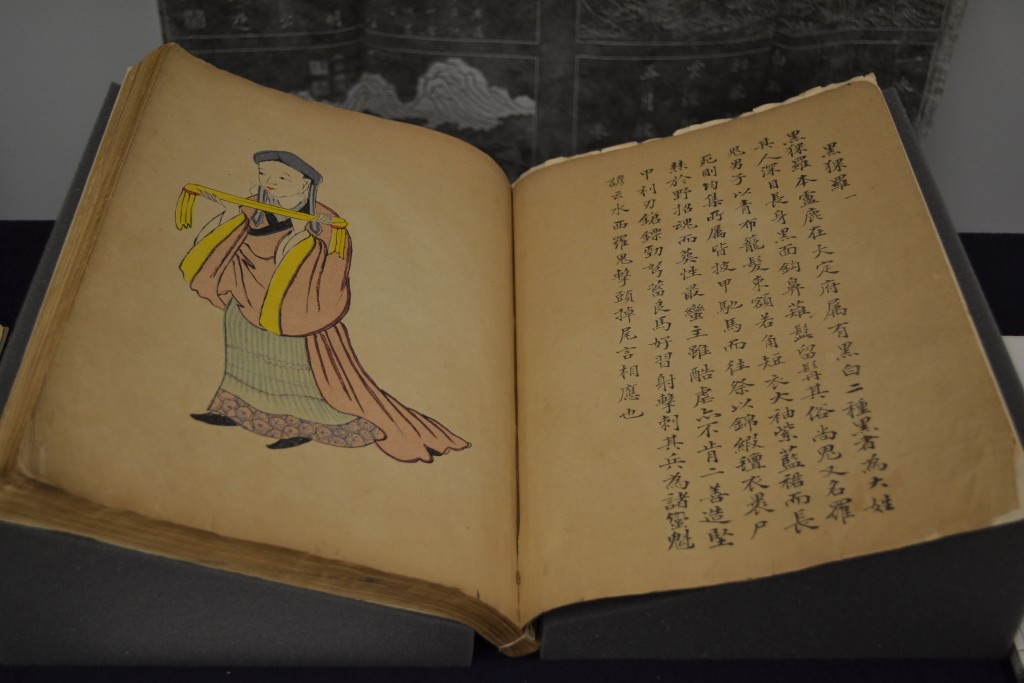Out of the six gaoben (稿本) and six xieben (寫本)—the English term “manuscript” is more general and covers both of these—these two compilations of letters from the 18th century are particularly rare and valuable:
錢宮詹時賢通札 (Qian gong zhan shi xian tong zha)
《錢宮詹時賢通札》 7通
秦蕙田,袁枚,盧文弨[等]
清乾隆[1736-1795]
稿本
“Letters to Qian Daxin from his scholar friends” (7 items)
By Qin Huitian, Yuan Mei, Lu Wenchao, etc.
Written between 1736 and 1795
Manuscript
Qian Daxin (1728–1804) was a philosopher, historian and writer in the Qing dynasty, who served as a commissioner of education and examinations in Guangdong Province. He published a number of important works relating to historical topics, as well as many poems and prose essays. The letters here were written to him by various other contemporary scholars of his acquaintance.
陳法孫嘉淦致山東某同年友書札合集 (Chen Fa Sun Jiagan zhi Shandong mou tong nian you shu zha he ji)
《陳法孫嘉淦致山東某同年友書札合集》 三冊
陳法, 孫嘉淦
清[1713-1745]
稿本
“Collection of letters from Chen Fa and Sun Jiagan” (3 volumes)
By Chen Fa (1692-1766) and Sun Jiagan(1683-1753)
Written between 1713 and 1745
Manuscript
The letters are mounted on stiff paper and compiled into this three-volume set. Thirty-five of the letters are written by Chen Fa and forty-seven of them by Sun Jiagen. The letters date from the Kangxi era (1662-1722) through the Qianlong era (1736-1796), specifically from the period from 1713 to 1745. The addressee is not named, but they appear to be from Shandong, and to have passed the imperial exam before Chen and Sun did—thus it is suspected that the letters were written to Li Yuanzhi (李元直, 1686-1758).
